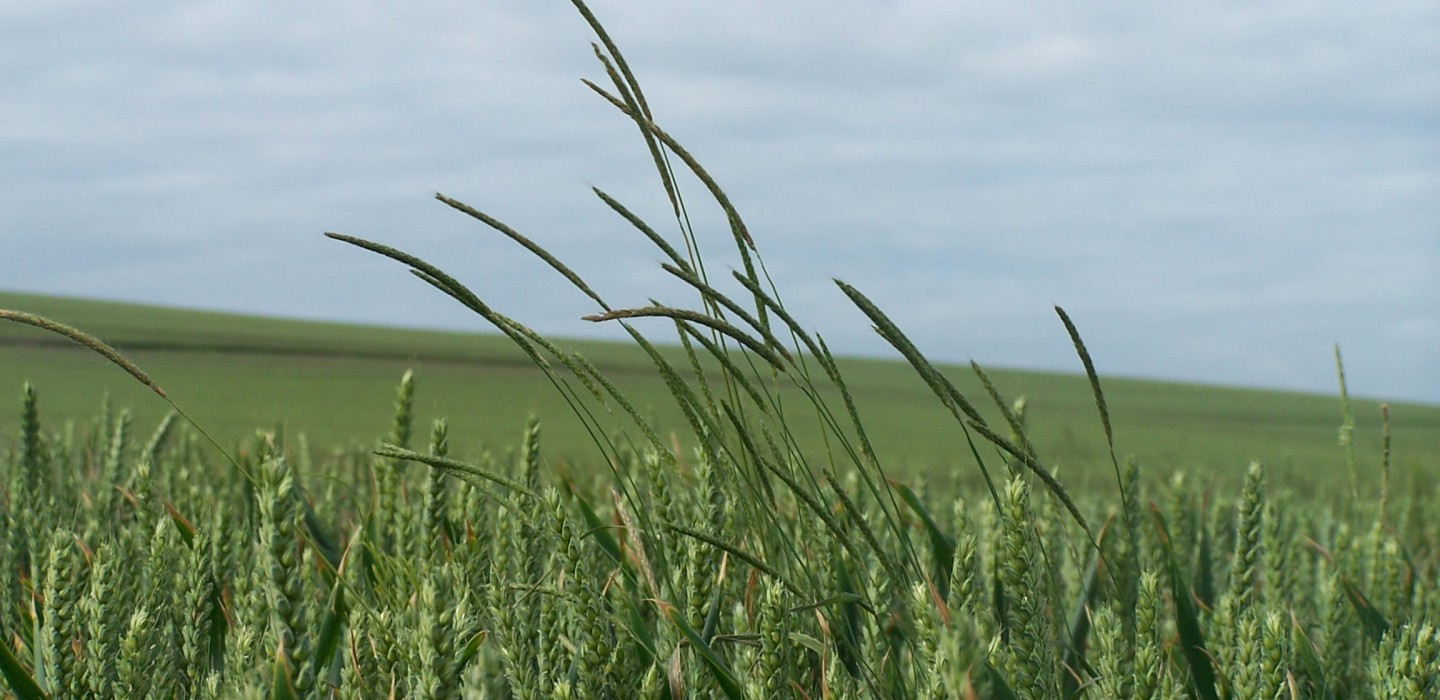
In the race to prepare seed beds this autumn, Dow AgroSciences is urging wheat growers to instigate a robust grassweed control programme to prevent bromes and ryegrasses jeopardising 2017 yields.
Effective control of annual grassweeds is essential to maintain yields in autumn-sown rotations. Ryegrass in particular thrives in autumn sown crops and is highly competitive. Populations can build rapidly particularly where minimum tillage systems are used.
“A mild winter and difficult spring have resulted in higher seed shed and increased potential for grassweed problems in 2017,” says Stuart Jackson, Dow AgroSciences’ cereals herbicide expert.
"A residual pre-emergence application is an important first step in any herbicide programme.
"Best practice involves the use of stale seedbeds and the use of a pre-emergence residual herbicide, such as Crystal, ideally applied within 24 hours of drilling.
Later in the autumn, once the crop is through and growing well, a contact graminicide and additional residual herbicide should be applied at 2–3 leaf of the grassweeds.
The additional residual will provide control of later-germinating grassweeds if they occur.
"Our trials and observations on farm have consistently demonstrated that autumn applications are more effective than those in the spring, as weeds are smaller and soil temperatures provide optimum conditions for active growth," says Mr Jackson.
Broadway® Star (pyroxsulam and florasulam) is one option for post-emergence weed control.
It not only targets grassweeds such as ryegrass, bromes and wild oats, but also a wide range of broad-leaved weeds including groundsel, cranesbill, volunteer rape and volunteer beans.
